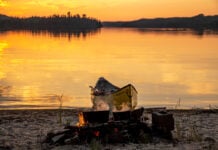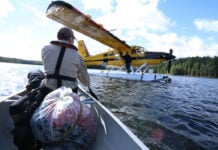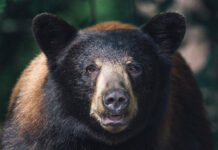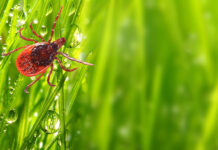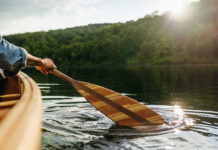The black flies and lengthy portages weren’t Jason’s biggest enemy. It was his drug addiction that plagued him. I found him halfway along the portage trail, sitting on his pack, whimpering.
The other students in this at-risk youth program passed him by without saying much. Each one was battling their own demons on the tough trail, and it didn’t help that Jason had made little attempt at forming friendships in the group. He was a loner prone to angry outbursts, and he’d spent the last year self-medicating with pharmaceuticals. Now, at the side of the trail, he was breaking down and there was little I could do to help him.
Kevin Callan’s special recipe for natural healing
I’m a wilderness guide and outdoor skills instructor—not a counselor. I feel compassion for each and every one of the students in the at-risk programs I often lead, but my main focus is to teach them the skills needed to keep themselves safe. I’m not trained to help anyone with personal issues. That said, I’ve been doing the job so long I’ve gotten to know a thing or two. Keep your fancy leather couches and high-priced psychobabble, I’ve witnessed time spent in the wilderness to be an astonishing healer.
Jason just needed more time.
Three days into our five-day trip Jason was as resentful and lost as he’d been when we met. He desperately wanted to go home, likely due to his addiction issues and being ignored by the other students. I had also made a major error in planning the route. I chose a linear trip, not a loop. As we began to make our way back, the students recognized the landscape we were traveling through. Suddenly the trip didn’t feel so remote.
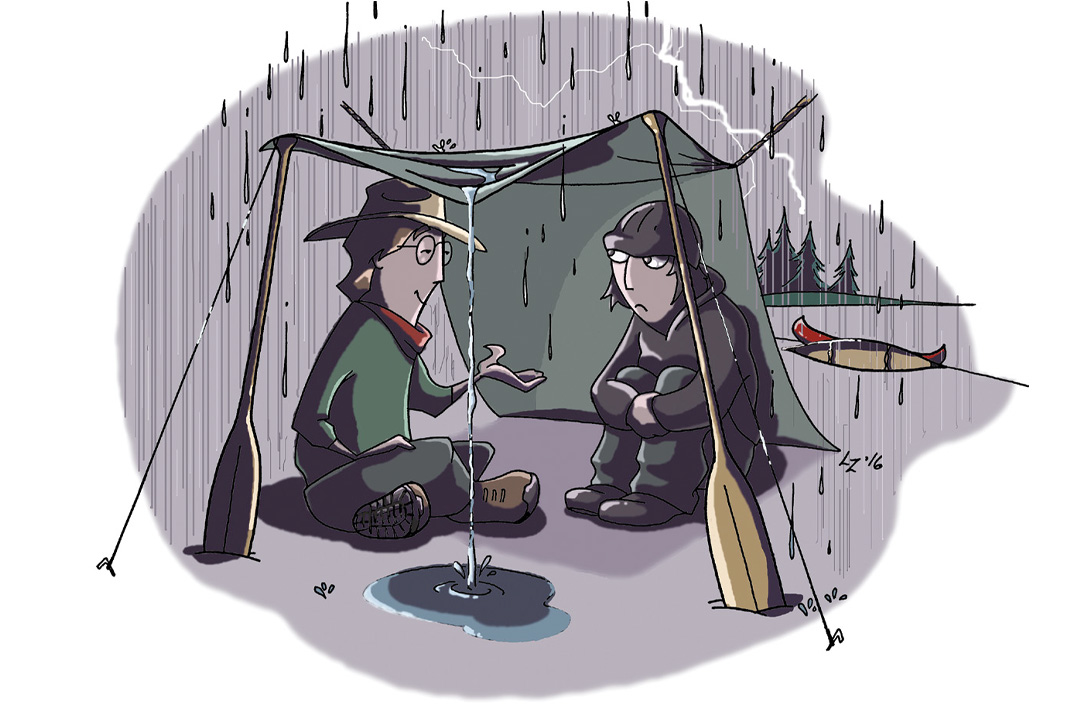
It was midnight when Jason escaped. He slipped a canoe into the water and quietly paddled off into the darkness. Luckily, one of the students was sneaking a smoke by the smoldering campfire and came to warn me that Jason was making a run for it.
I went after him. What Jason lacked in paddling skill he made up for in desperation, channeling his anger and loneliness into fast and forceful strokes. I couldn’t catch him. He paddled and portaged across two lakes before the storm hit. The pounding rain and strong wind drove him to shore.
When I caught up to him, he was hunkered under a tree, desolate. I put up a tarp up, lit a fire and just sat beside him, not saying a word. It was now 2 a.m. We passed the night together, sitting just like that.
At first light we got back in our boats and paddled to meet our group. Jason admitted he’d taken Ecstasy, a drug usually associated with wild parties and frenetic dancing, and that he’d been high when he paddled away from camp.
No wonder I’d had trouble keeping pace with him. I didn’t question, chastise or judge him, but I did suddenly find myself laughing. The juxtaposition. Here we were paddling on a crystal-clear lake, white-throated sparrows welcoming the day and the brightening sky streaked with mare’s tail. This was my ecstasy.
Reunited with our group, we spent our remaining two days traveling towards home. Jason didn’t try to escape again. It might have been my imagination, but I think I even glimpsed a solitary smile. Soon after the trip, my colleague told me he’d heard through the grapevine that Jason had enrolled into a post-secondary outdoor education program. Cool, I thought. It’s been a few years since, and recently Jason sent me an email. Now he’s got a job taking at-risk students into the woods.
Undoubtedly, there are many people for whom medication and therapy are the best options—but give someone a paddle, canoe and some real time in the wilderness, and I’ll show you some natural healing.
Kevin Callan has been diagnosed with Obsessive Camping Disorder, for which time in the wilderness has not proven to be a cure.
Mental benefits of canoeing. | Feature illustration: Lorenzo Del Bianco



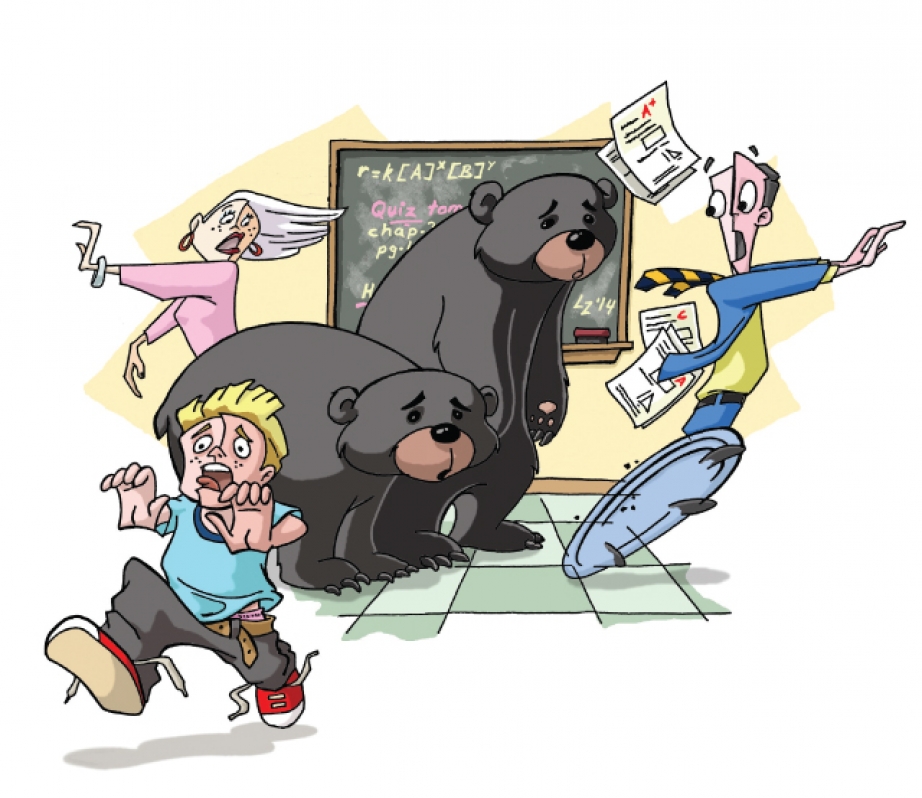
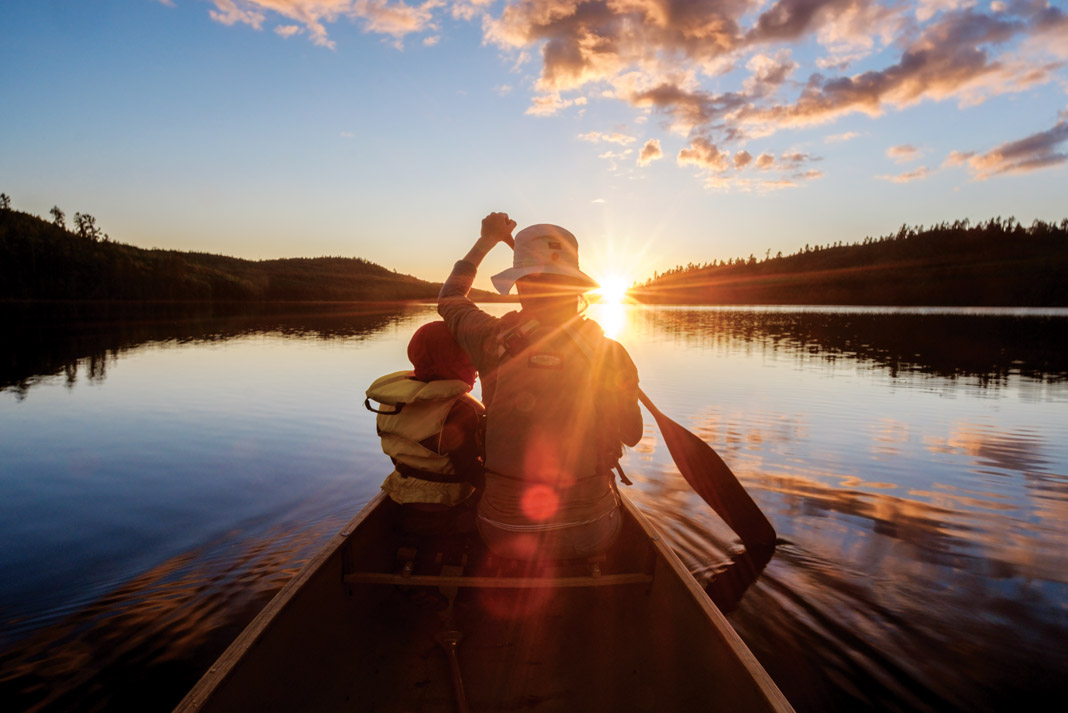
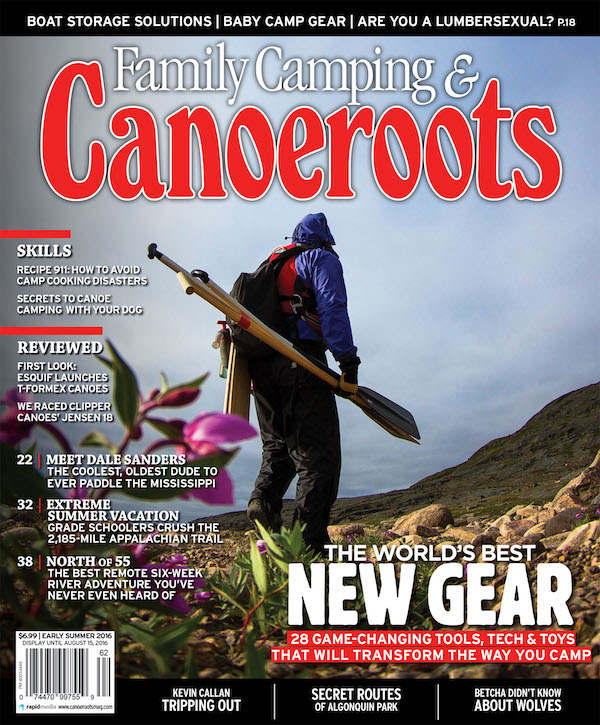 This article was first published in the Early Summer 2016 issue of Canoeroots Magazine.
This article was first published in the Early Summer 2016 issue of Canoeroots Magazine. 